When VR Meets AI: Smarter, More Human-Centered Experiences

The Moment of Convergence
Virtual reality blew our minds by letting us step inside digital worlds; artificial intelligence blew our expectations by making software think. Now the two trends are entwining, and the result is more than the sum of its parts. This marriage of AI in virtual reality is transforming static 3-D simulations into living universes. From speech-driven characters that understand nuance to gaze-aware interfaces that anticipate our needs, AI-powered VR is quietly turning futuristic demos into daily workflows. At Algoryte, we believe the decade ahead will be defined by truly immersive AI experiences that put empathy, personalization, and learning at the center.
Why Intelligence Matters Inside 3-D Space
In traditional VR every object and character follows a finite script. The moment you inject machine-learning models for voice recognition, scene understanding, or procedural generation you unlock unpredictable agency. The core promise of AI in virtual reality lies in turning passive observation into active co-creation. Picture a design review where 3-D models remodel themselves after you simply describe a change, or a multiplayer quest where enemy tactics evolve on the fly because the underlying engine is an AI-powered VR brain continuously analyzing player behavior. Such dynamics aren’t gimmicks; they keep users engaged longer and help businesses extract richer analytics. As clients ask Algoryte how to stand out in saturated XR markets, we always point them toward immersive AI experiences that adapt in real time.
Natural Interaction: Talking, Touching, Feeling
Generative language models can inhabit non-player characters, giving them personalities that grow over hundreds of conversations. Hand-tracking algorithms enriched with reinforcement learning anticipate a surgeon’s pinch gesture milliseconds before contact, smoothing delicate instrument handling. Both examples demonstrate intelligent VR lifting cognitive load so that interfaces fade into the background. This is vital for AI virtual reality for education, where the goal is to let learners focus on content, not controllers. A biology class exploring the circulatory system in three dimensions becomes unforgettable when a friendly, context-aware guide answers follow-up questions on the spot and adapts its vocabulary to each student’s level.
Adaptive Worlds Tailored to You
Deep-learning gaze tracking and biosignal analysis detect frustration, engagement, or fatigue as you move through a simulation. The system then quietly tunes difficulty, lighting, or pacing to suit your state. Such adaptive storytelling epitomizes immersive AI experiences because it keeps each person in the optimal flow zone. Retailers partnering with Algoryte build digital showrooms that rearrange product placement depending on where shoppers linger. Meanwhile, product teams validate concepts faster because the same AI VR training tools that measure trainee competence also surface UX pain points and automate A/B tests inside virtual prototypes.
Classrooms Re-Imagined
The academic world is already proving how transformative AI virtual reality for education can be. Universities deploy conversational tutors that live inside historical reconstructions, letting students debate policy with simulated statesmen. Medical schools practise complicated intubations by blending physics-accurate haptics with neural networks that grade posture in real time. Language institutes leverage AI in virtual reality to immerse learners in bustling marketplaces where every vendor’s accent, slang, and body language is procedurally generated. These use cases reveal why demand is surging for AI VR training tools that measure progress objectively and just as crucially offer empathetic feedback on mistakes.
Healthcare and Therapy Reach New Depths
Psychologists now use AI in virtual reality exposure therapy to help veterans confront traumatic memories within emotionally responsive scenarios. In rehabilitation wards, AI-powered VR coaches adjust exercise difficulty by reading electromyography signals. Neuroscientists studying plasticity rely on immersive AI experiences to deliver repeatable sensory challenges while real-time analytics whisper insights into cortical adaptations. These advances foreshadow a future where AI VR training tools and AI virtual reality for education converge in unified platforms for health, wellness, and lifelong learning.
Generative Worlds at the Speed of Thought
Diffusion and transformer models can already spawn textures, ambiences, architectural layouts, and complete landscapes from a single prompt. This leap boosts AI virtual reality for education because lecturers can fabricate niche teaching aids without specialist modeling skills. It also supercharges indie developers who no longer need hundred-person art teams to maintain living worlds. By automating repetitive asset production, AI-powered VR pipelines free creatives to double down on narrative quality. At Algoryte we integrate these toolchains with version-control hooks and metadata tagging so every generated element remains editable, traceable, and brand-compliant.
Acting Now to Shape Tomorrow
Taken together, the fusion of AI in virtual reality promises a paradigm shift where digital environments feel as responsive and caring as brilliant teachers or seasoned mentors. Whether you are a university dean exploring AI virtual reality for education, an HR executive evaluating AI VR training tools for compliance, or a studio dreaming up the next wave of immersive AI experiences, the opportunity is immediate. Algoryte stands ready to architect your roadmap from ideation workshops to cloud deployment so your AI-powered VR initiative launches quickly and scales sustainably. As headsets shrink and models learn faster, companies that act now will own the vocabulary of tomorrow’s spatial computing. When VR meets AI, the most human-centered technology we have ever built steps out of science fiction and into everyday life.





